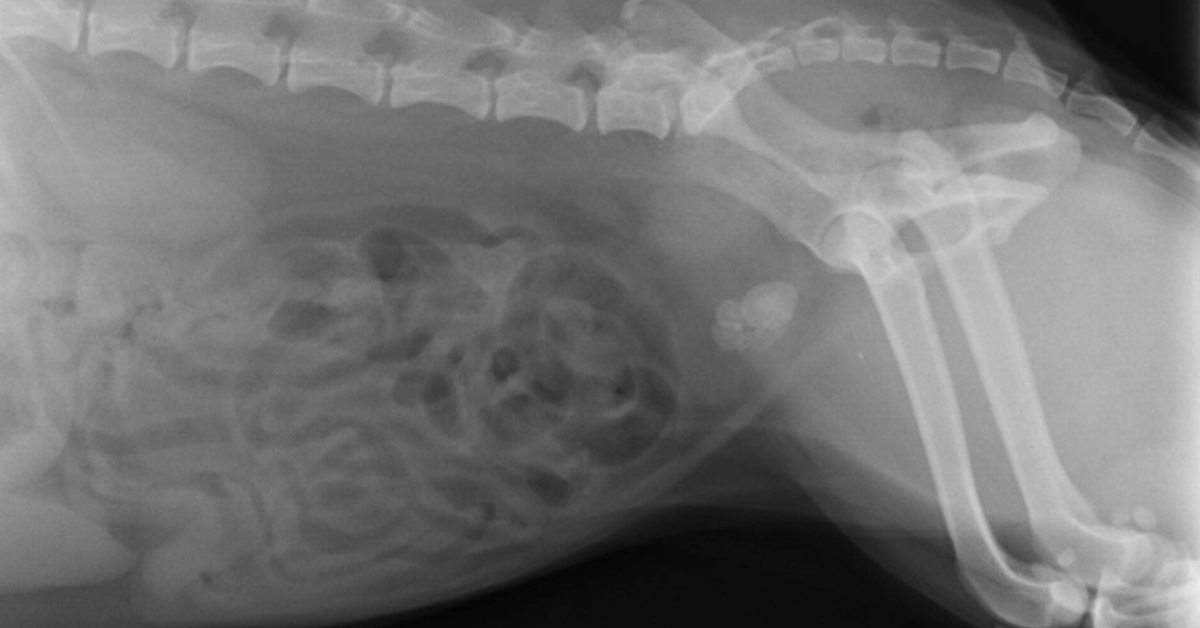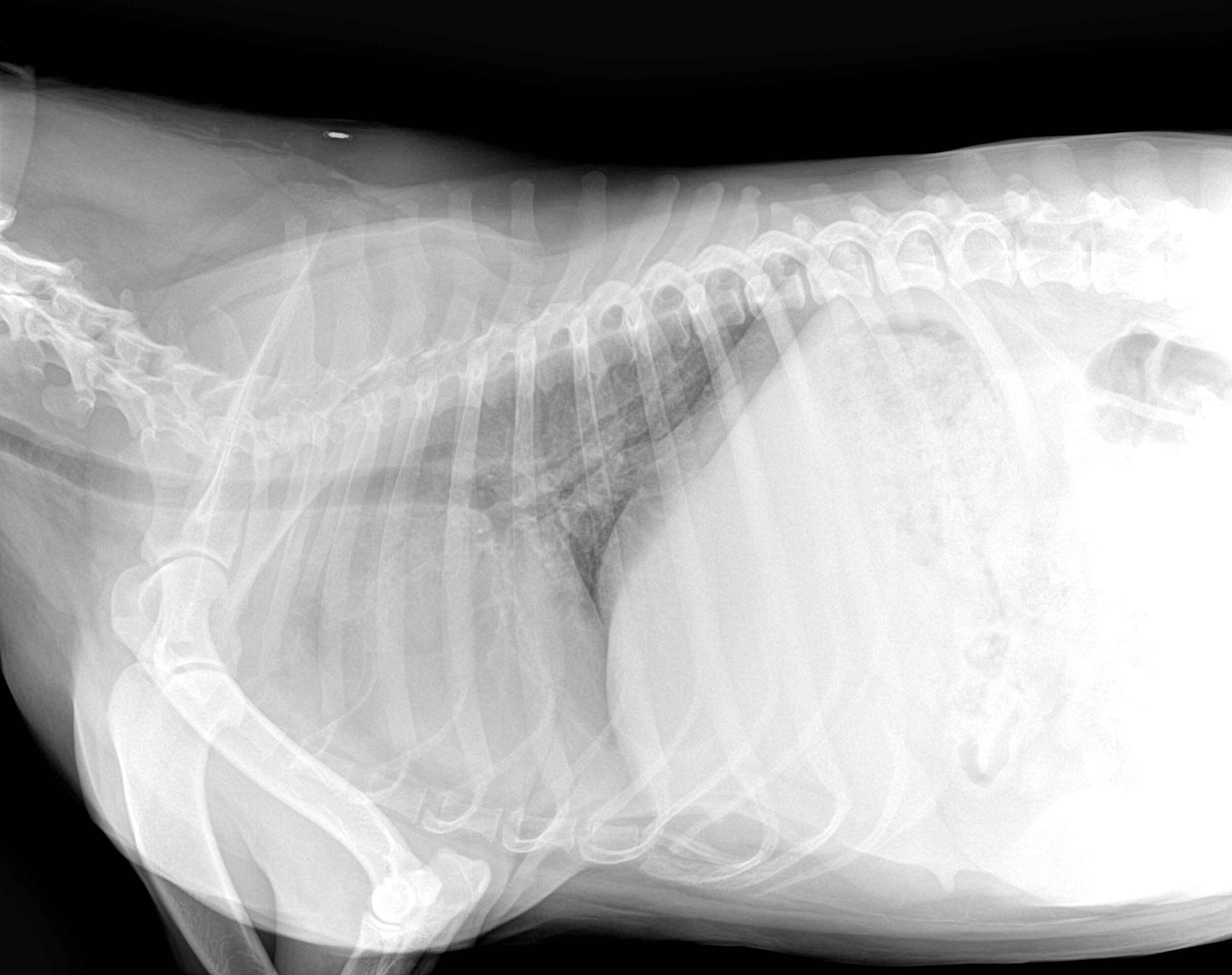When it comes to cranial cruciate ligament (CCL) injuries in your patients, x-rays play a key role in your diagnosis, treatment, and follow-up.
So whether you’re the surgeon performing the procedure or a GP referring your patient to a specialist, having a good understanding of what to look for on your radiographic images can help you provide great patient care.
It all starts when the patient first comes in to see you…
The initial visit
More than likely, you’ll be seeing a middle-aged, medium or large breed dog who suddenly started limping on one of their hind limbs.
During the exam, you determine that the pain is in the stifle. Then, using sedation, you perform more thorough palpation, followed by radiographs.
Your detailed exam of the knee reveals some swelling and a positive drawer sign, and you take x-rays to confirm your suspicion of a CCL tear.
Considering this is one of the most common orthopedic injuries in dogs, you’re probably correct. However, occasionally there may be a surprise—such as a fracture near the stifle, or even an osteosarcoma lesion for older patients.
Radiographs will help you correctly diagnose and document the problem, and rule out concurrent conditions.
With a recent CCL injury, you might not see a lot of obvious evidence on your views—that’s because it can take more time for radiographic evidence of a CCL problem to show up.
However, you will likely see compression of the infrapatellar fat pad—which indicates joint effusion.
If the condition is chronic, you may notice arthritis and other signs of long-term inflammation.
Planning for a TPLO surgery
If your patient is a good candidate for surgery, then it’s time to discuss options with the owner. A tibial plateau leveling osteotomy is a good option for many otherwise-healthy dogs, but of course, the recommendation may vary for each individual pet.
Now’s the time when pre-op radiographs come in, by helping you to measure the tibial plateau angle and determine the saw blade size and position of the bone plate and screws.
The importance of post-op radiographs
After a surgery such as a TPLO, it’s important to document that everything went well—that all implants are in place, the tibial plateau has been repositioned as planned, and that there were no complications such as bone splintering.
This will be very reassuring to a worried pet parent, and will also be a valuable part of your medical record.
These post-op radiographs can also provide more information if a problem or complication comes up later, by using these initial images as a frame of reference for comparison.































